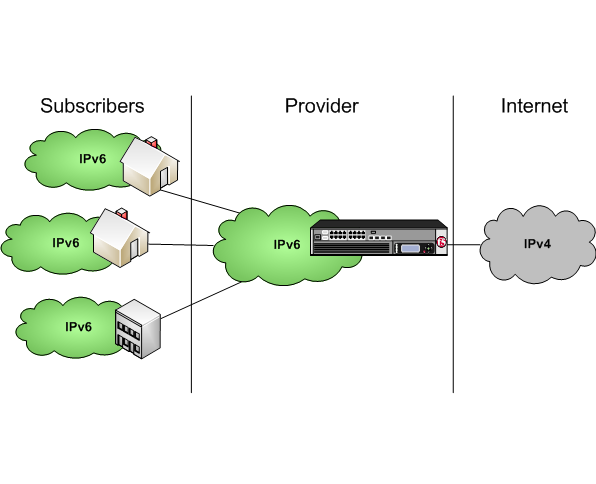
The router in turn issues IP addresses internally to the devices that attach to it, but must constantly keep track of which traffic belongs to which device, and translate the IP address from the internal one to the public one in order to facilitate communications with the Internet. Most home and small business users really only have one IP address on the Internet–the one assigned to the router that connects them to their ISP. With IPv6, every device can literally have its own unique public IP address. Because of the dearth of IPv4 addresses, much of the Internet relies on NAT (Network Address Translation). If an organization wanted to use OSPF for both their IPv4 and IPv6 routing protocol, then they would likely use OSPFv2 for their IPv4 routing and OSPFv3 for their IPv6 routing. All IPv4 packets are encapsulated in a IPv6 packet and appear to be transparent when they reach the router on the other end, that just sees the IPv6 packet until it gets past the Gateway to be routed to the server. That is 340 times 10 to the 36th power, or 340 trillion trillion trillion possible IP addresses.Įxpanding the pool of IP addresses (putting it mildly) yields other benefits as well. Any IPv4 traffic that passes outside the gateway and may direct from your ISP to a server that uses IPv6, it will do so with 6:4.

IPv6 uses 128-bit addresses and is capable of 340 undecillion addresses.


IPv4 has only 4.3 billion addresses, and with PCs, smartphones, tablets, gaming systems, and just about everything else connecting to the Internet we’ve tapped the system dry. F5 BIG-IP products provide seamless support for both IPv4 and IPv6 networks, allowing organizations to transparently manage application delivery, availability, performance, and security between both network topologies at one central locationall without the need to deploy point products through the infrastructure. The most obvious answer is that IPv4 is out of IP addresses.


 0 kommentar(er)
0 kommentar(er)
